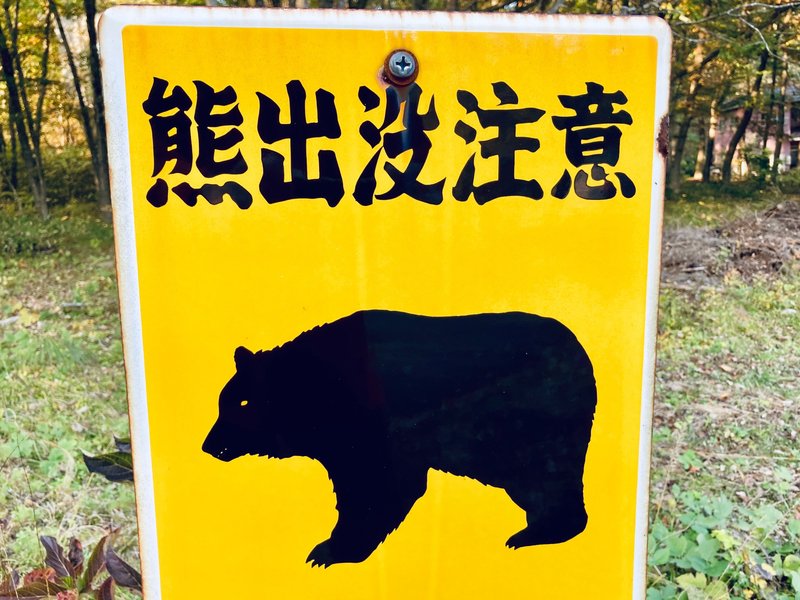
What is “Satoyama”?
Recently there has been an increase in attacks by bears, particularly in the western prefectures of Tohoku. Media frequently report that someone has encountered a bear in a place where such wild animals normally don’t appear, even in towns. But the bears are just hungry and looking for food wherever they can find it.
One cause is the unusually hot summer that leave bears with little to eat before hibernating. There simply aren’t enough small animals, fish, leaves, grass seeds, nuts from oaks and beech trees, honeycombs, and berries for them to eat in order to survive. So hungry bears come into inhabited areas looking for food, such as persimmons, chestnuts, and compost waste.
It’s not just the summer heat, but the disappearing “satoyama” that has caused this. English doesn’t have a simple equivalent for this term. It refers to the borderland between natural “yama” areas, inhabited by wild animals, and “sato,” rural areas inhabited by humans.
In the past, villagers ventured into these areas to collect wood, bamboo sprouts, mushrooms, and mountain vegetables. They kept these seminatural spaces clear of underbrush. They cut trees, maintained paths, and basically kept the borderland distinct. When there were no humans around, bears and other wildlife ventured into the satoyama searching for food. Rarely did animals and humans encounter one other. If they did happen upon one another, it was at a distance and escape was easier.
But with the aging and decline of the farming population, many satoyama have grown wild again. The borderland of “shared territory” between humans and bears has shrunk. And if bears are hungry, they naturally search for food very close to where humans reside. The result can be a sudden, unpleasant encounter, leaving a human injured, or worse.
(291 words)

この記事が気に入ったらサポートをしてみませんか?
